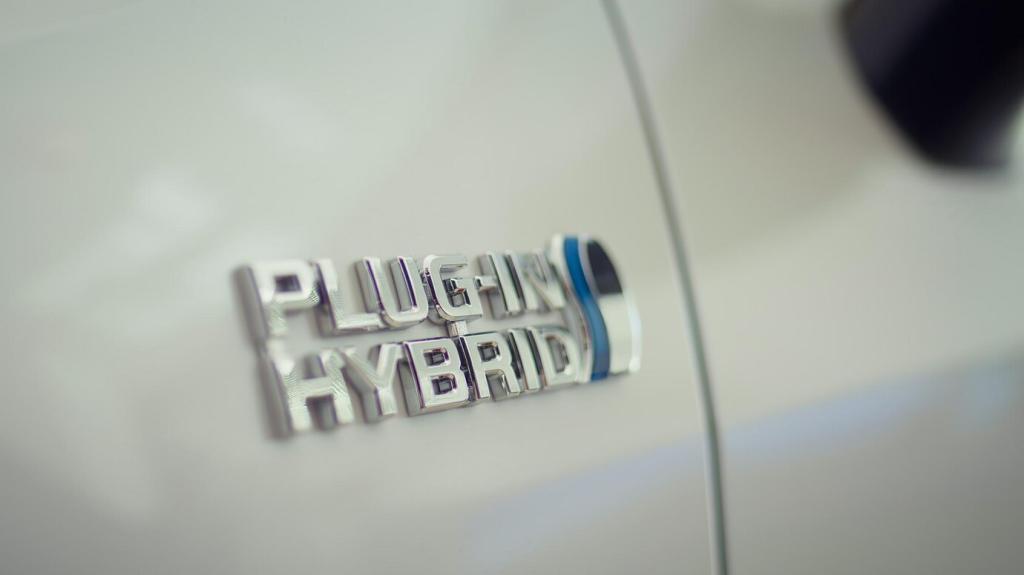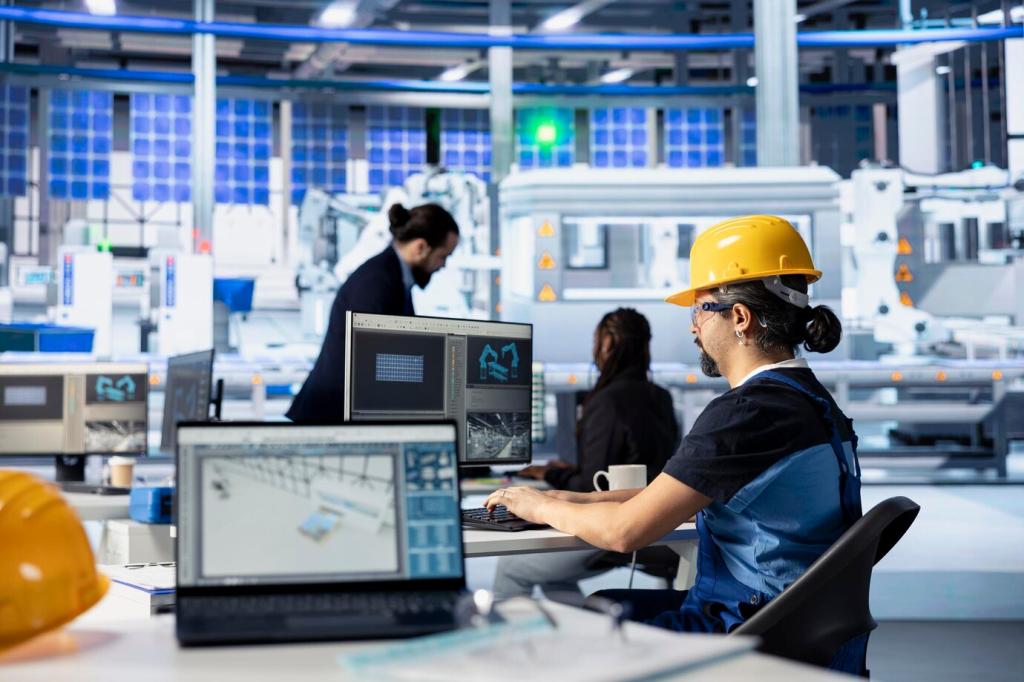Designing for Circularity with Digital Tools
Digital passports track materials, repair guides, and embodied impacts across a product’s life. Owners gain transparency; recyclers gain clarity. Tell us if passports influenced your procurement or deconstruction strategy on recent projects.
Designing for Circularity with Digital Tools
QR-coded connections and assembly maps guide maintenance and future dismantling, protecting value locked in components. Pair with modular design to accelerate refurbishments. Subscribe for our template to document reversible assemblies effectively.





